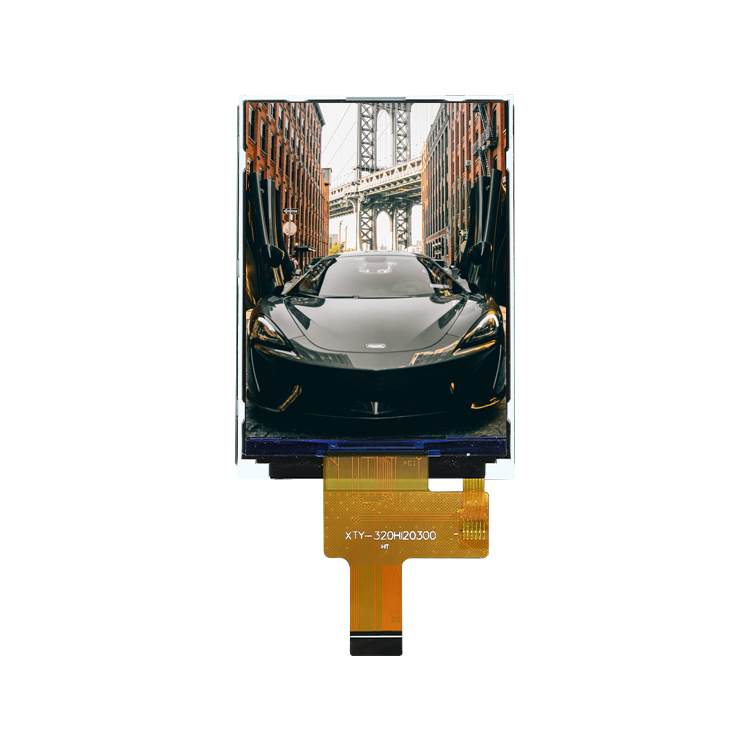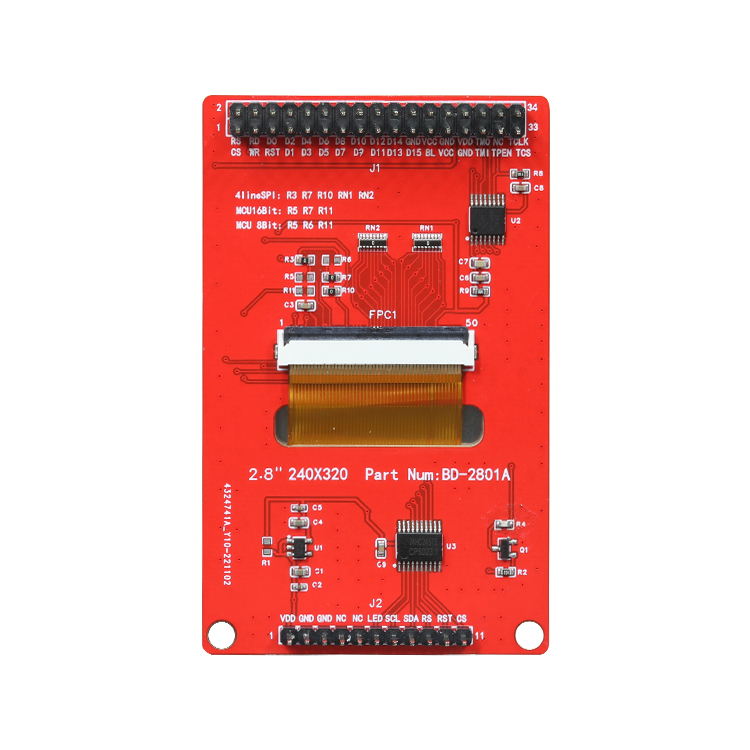TFT displays have been the dominant technology in visualization for many years. TFT LCDs are ubiquitous in our daily lives, in consumer and automotive applications, in our business environment, in healthcare, and in communication devices, home appliances and factory automation products. While there are many LCD products available today, they are not suitable for all applications. This is especially true for industrial TFT display requirements. To determine the best LCD display for your application, it is important to understand your target market and its unique design issues. The following is a summary of some of the basic requirements for display needs for home appliances based on the market.
Durability
The vast majority of LCD displays are designed for consumer devices, such as smartphones, cameras, tablets and gaming devices. But their requirements are very different from those of industrial applications. Due to competitive pricing and fast production cycles, consumer display modules do not always have the durability, reliability and advanced features needed to survive in an industrial environment. Product life cycles are also typically shorter in consumer applications. Screens manufactured for these applications typically last only one year, preferably two.
In contrast, display modules for industrial applications require a longer product life cycle – often up to 10 years or more. In addition, when a manufacturer discontinues an industrial module, subsequent products should be backward compatible to accommodate existing enclosures without having to redesign the entire system.
Environmental Stability
The ability to withstand temperature changes as well as shock and vibration is also a key consideration when selecting displays for today’s industrial applications. They must be resilient enough to withstand frequent bumps or shakes from machine operators and surrounding equipment, and must also be able to withstand a wide range of operating temperatures.
Industrial displays are often mounted in enclosures as part of larger equipment. In these cases, heat generated by the surrounding equipment can be trapped within the enclosure, which can be harmful to many displays. Therefore, it is important to keep realistic storage and operating temperature requirements in mind when selecting a display. While steps can be taken to dissipate the heat generated (such as using fans within the enclosure), the most effective way to ensure compliance with storage and operating temperature requirements is to select a display that is optimized for these types of environments. Fortunately, improvements in liquid crystal materials have made it possible to extend the operating temperature range of LCDs from -30°C to 80°C today.
In general, industrial devices should be more rugged than standard devices. Minimizing the number of pins and socket connectors and introducing chip-on-glass semiconductors is one way to achieve higher impact and vibration resistance. In addition, installing metal bezels instead of plastic enclosures helps improve the EMI characteristics and mechanical resistance of the equipment. Adding chemically reinforced front glass helps avoid scratches and imperfections on the user’s surface.
Display Readability
It is important that the displays used in industrial applications support clear and accurate viewing from multiple angles in a variety of ambient light conditions. The brighter the environment, the more difficult it is to read a standard transmissive LCD display with a typical brightness of 250 to 300 cd/m2. Rexxon Digital has developed displays that can operate in the 800-cd/m2 and higher range by implementing high-efficiency LEDs for the backlight unit, combined with special brightness enhancement films if necessary.
Increasing the contrast ratio of a display is another effective way for display manufacturers to improve the readability of their displays in bright environments. Typical contrast ratios for non-industrial displays are in the range of 200:1 to 300:1, which may not be sufficient when the machine operator is viewing the display from a distance. Displays with contrast ratios of approximately 500:1 or higher are more suitable for industrial environments. Another advantage of this method is that it does not increase power consumption.

